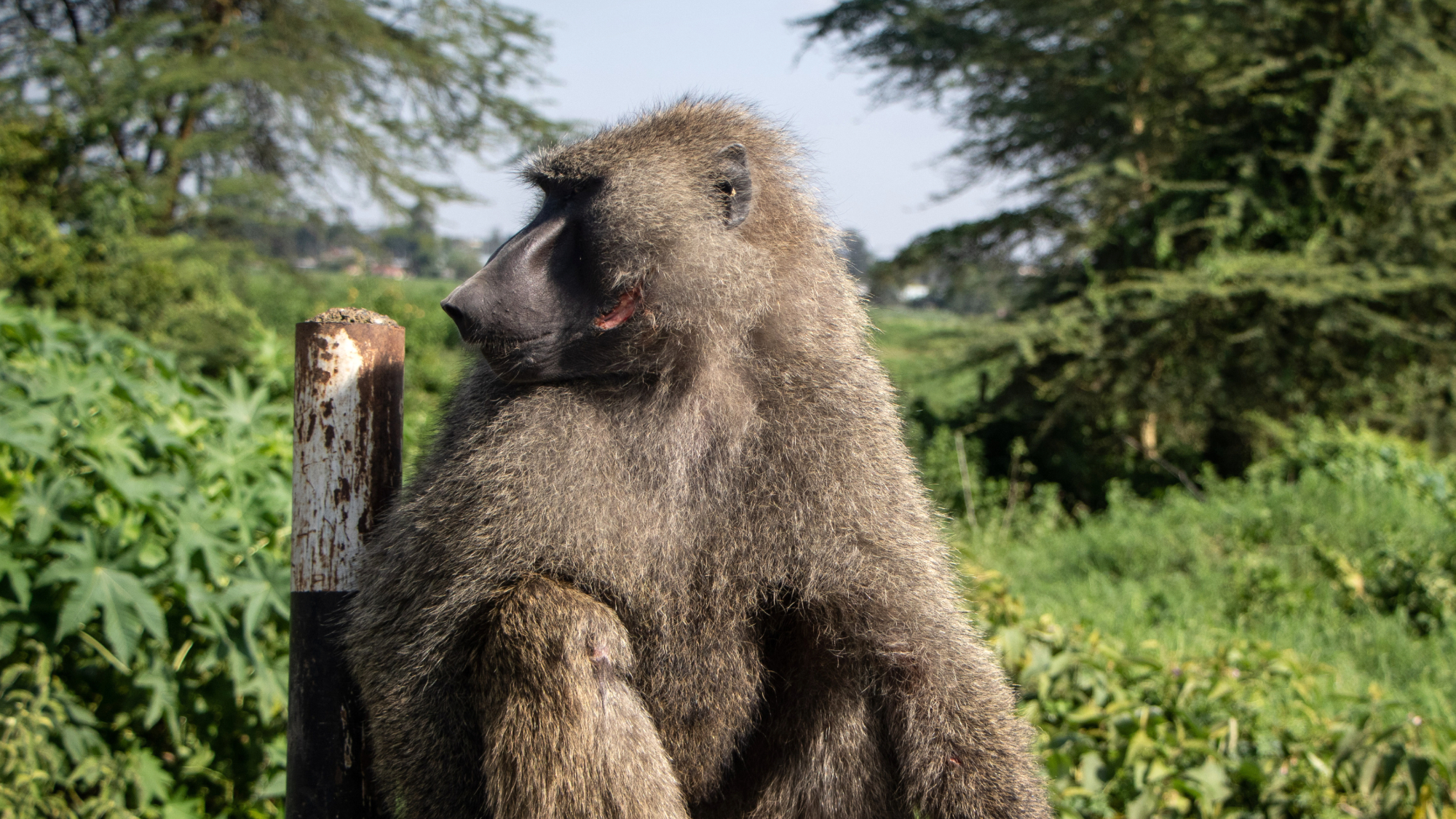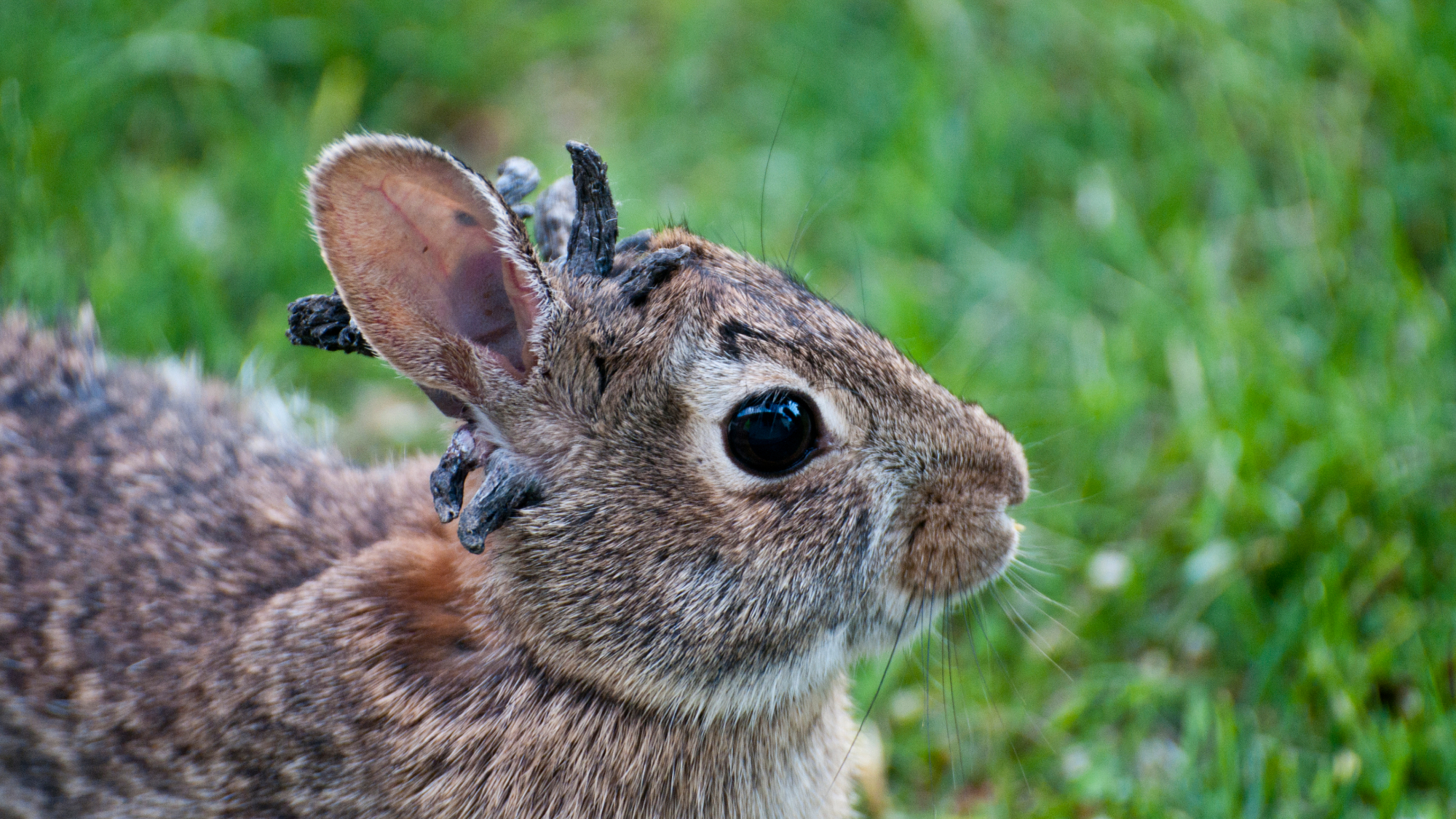Humans heal much slower than other mammals
Slower healing may have been an evolutionary trade-off when we shed fur for sweat glands


What happened
People take two to three times as long to heal from wounds as other mammals, a team of biologists reported Tuesday in the journal Proceedings of the Royal Society B. The researchers suggested the slower healing may have been an evolutionary trade-off when we shed fur for sweat glands.
Who said what
Watching wild baboons fight in Kenya, "I was struck by how frequently they sustained injuries," lead study researcher Akiko Matsumoto-Oda of Japan's University of the Ryukyus told The New York Times, "and, even more, by how rapidly they recovered — even from seemingly severe wounds." Her team's research found that chimpanzees, baboons, monkeys, mice and rats all healed at roughly the same rate, more than twice as quickly as humans.
"Most importantly," the fast healing of chimpanzees "implies that the slowed wound-healing seen in humans likely evolved after the divergence from our common ancestor with chimpanzees," Matsumoto-Oda told New Scientist. Hair follicles contain stem cells that can repair torn skin, and unlike most mammals, "human skin has very puny hair follicles" but ample sweat glands, Elaine Fuchs, a stem cell biologist at the Rockefeller University who was not involved in the study, told the Times.
The Week
Escape your echo chamber. Get the facts behind the news, plus analysis from multiple perspectives.

Sign up for The Week's Free Newsletters
From our morning news briefing to a weekly Good News Newsletter, get the best of The Week delivered directly to your inbox.
From our morning news briefing to a weekly Good News Newsletter, get the best of The Week delivered directly to your inbox.
What next?
"We evolved to cool by sweating profusely," allowing physical activity in the heat and cooling our large brains, Harvard evolutionary biologist Daniel Lieberman told the Times. "The evolutionary disadvantage is that wound healing is slowed," Fuchs said, but unlike other mammals, humans "can put on a coat if they need to."
A free daily email with the biggest news stories of the day – and the best features from TheWeek.com
Peter has worked as a news and culture writer and editor at The Week since the site's launch in 2008. He covers politics, world affairs, religion and cultural currents. His journalism career began as a copy editor at a financial newswire and has included editorial positions at The New York Times Magazine, Facts on File, and Oregon State University.
-
 3 ways to reduce the cost of owning a car
3 ways to reduce the cost of owning a carthe explainer Despite the rising expense of auto insurance premiums and repairs, there are ways to save
-
 DOJ targets ‘disparate impact’ avenues of discrimination protections
DOJ targets ‘disparate impact’ avenues of discrimination protectionsIN THE SPOTLIGHT By focusing solely on ‘intentional discrimination,’ the Justice Department risks allowing more subtle forms of bias to proliferate
-
 ‘Consistency at the ballot box isn’t nearly as meaningful to many voters here’
‘Consistency at the ballot box isn’t nearly as meaningful to many voters here’Instant Opinion Opinion, comment and editorials of the day
-
 5 recent breakthroughs in biology
5 recent breakthroughs in biologyIn depth From ancient bacteria, to modern cures, to future research
-
 Blue Origin launches Mars probes in NASA debut
Blue Origin launches Mars probes in NASA debutSpeed Read The New Glenn rocket is carrying small twin spacecraft toward Mars as part of NASA’s Escapade mission
-
 Dinosaurs were thriving before asteroid, study finds
Dinosaurs were thriving before asteroid, study findsSpeed Read The dinosaurs would not have gone extinct if not for the asteroid
-
 Parthenogenesis: the miracle of 'virgin births' in the animal kingdom
Parthenogenesis: the miracle of 'virgin births' in the animal kingdomThe Explainer Asexual reproduction, in which females reproduce without males by cloning themselves, has been documented in multiple species
-
 SpaceX breaks Starship losing streak in 10th test
SpaceX breaks Starship losing streak in 10th testspeed read The Starship rocket's test flight was largely successful, deploying eight dummy satellites during its hour in space
-
 A rat infestation is spelling trouble for the almond industry
A rat infestation is spelling trouble for the almond industryThe Explainer The infestation has affected at least 100,000 acres in California
-
 Rabbits with 'horns' sighted across Colorado
Rabbits with 'horns' sighted across Coloradospeed read These creatures are infected with the 'mostly harmless' Shope papilloma virus
-
 Lithium shows promise in Alzheimer's study
Lithium shows promise in Alzheimer's studySpeed Read Potential new treatments could use small amounts of the common metal
